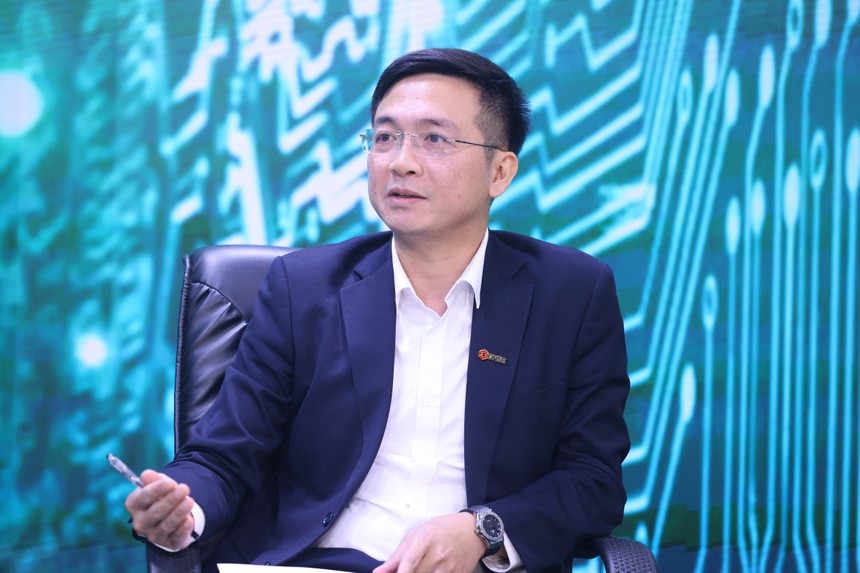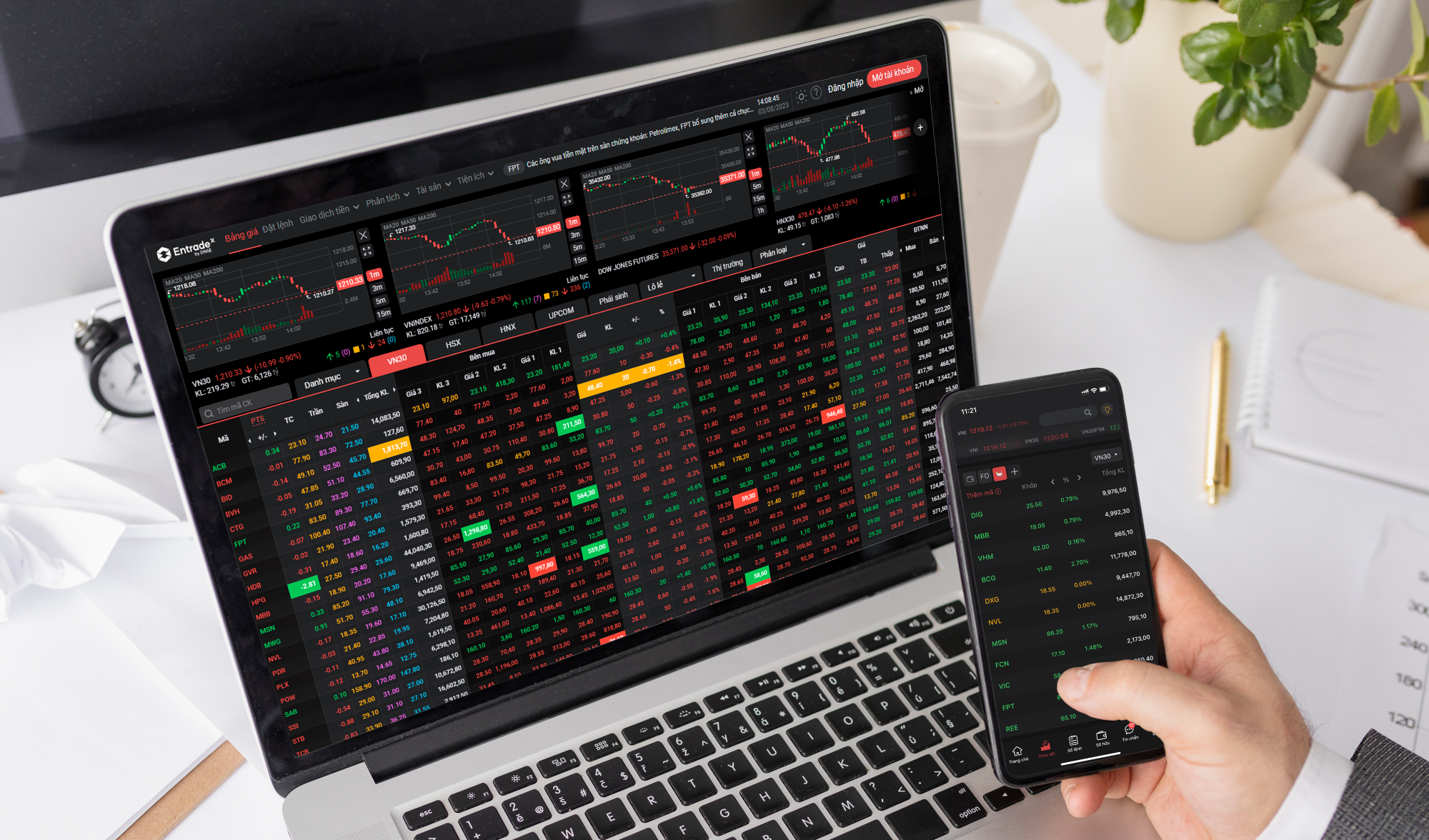If Vietnam's market is upgraded from "Frontier" to "Secondary Emerging" by FTSE Russell, foreign indirect investment could increase by 5 to 6 billion USD. A recent JP Morgan report, advocating for increased weighting of Vietnamese stocks in investment portfolios, reflects global financial consensus on the market's potential.
Dr. Ho Si Hoa observes that amid signs of a global economic slowdown, Vietnam, with its political stability, clear growth trajectory, and accelerating reforms, is becoming an attractive investment destination in Asia. Notably, legal frameworks and technical factors that previously hindered upgrades have seen positive developments.
 |
Dr. Ho Si Hoa, director of research and investment consulting at DNSE. Photo: DNSE |
Dr. Ho Si Hoa, director of research and investment consulting at DNSE. Photo: DNSE
Specifically, domestic securities companies have addressed "failed trades" and "prefunding" requirements with increased flexibility, while adhering to regulatory standards. The government and the Ministry of Finance are also considering expanding the foreign ownership limit (FOL), a key factor in the upgrade process.
"The government aims for 8.3% to 8.5% GDP growth this year, considerably higher than the 7.52% achieved in the first half. Reaching this target requires substantial capital inflow, particularly from credit expansion and public investment disbursement," Dr. Hoa emphasizes.
As of the end of June, credit growth reached 8.3%, budget spending reached 43% of the annual plan, and budget revenue increased by 28% year-on-year – double the nominal GDP growth. This suggests a greater role for the private sector in growth and budget contributions, while indicating significant fiscal space.
The KRX trading system is expected to support the market in the medium to long term. Once fully operational, KRX will not only shorten settlement times but also facilitate products like T+0 trading, short selling, and high-frequency trading (HFT). This requires securities companies to upgrade their infrastructure to meet international standards.
Dr. Hoa also notes potential risks, including developments in the US economy. Some indicators suggest that the world's largest economy might be entering a period of stagflation – slow growth combined with resurgent inflation. In this context, international capital tends to seek opportunities in emerging markets like Vietnam.
 |
Investors need to continuously monitor the market, businesses, and the impact of macroeconomic factors on the stock market. Photo: DNSE |
Investors need to continuously monitor the market, businesses, and the impact of macroeconomic factors on the stock market. Photo: DNSE
The USD/VND exchange rate increased by 2.6% in the first six months but is projected to stabilize after the peak import season. Meanwhile, average inflation rose by 3.27%, below the government's 4.5% target. While still under control, continued monitoring is essential due to the delayed impact of exchange rates and credit on prices.
Vietnam's preliminary tariff agreements with the US offer positive prospects for exports and foreign investment. In terms of valuation, corporate profits are projected to grow by 15% to 20%, while the forward P/E ratio stands at 12.3 times, according to Bloomberg, considered an attractive valuation range. Under favorable scenarios, Dr. Hoa suggests the VN-Index could surpass 1,500 points in the near future.
Song Anh












